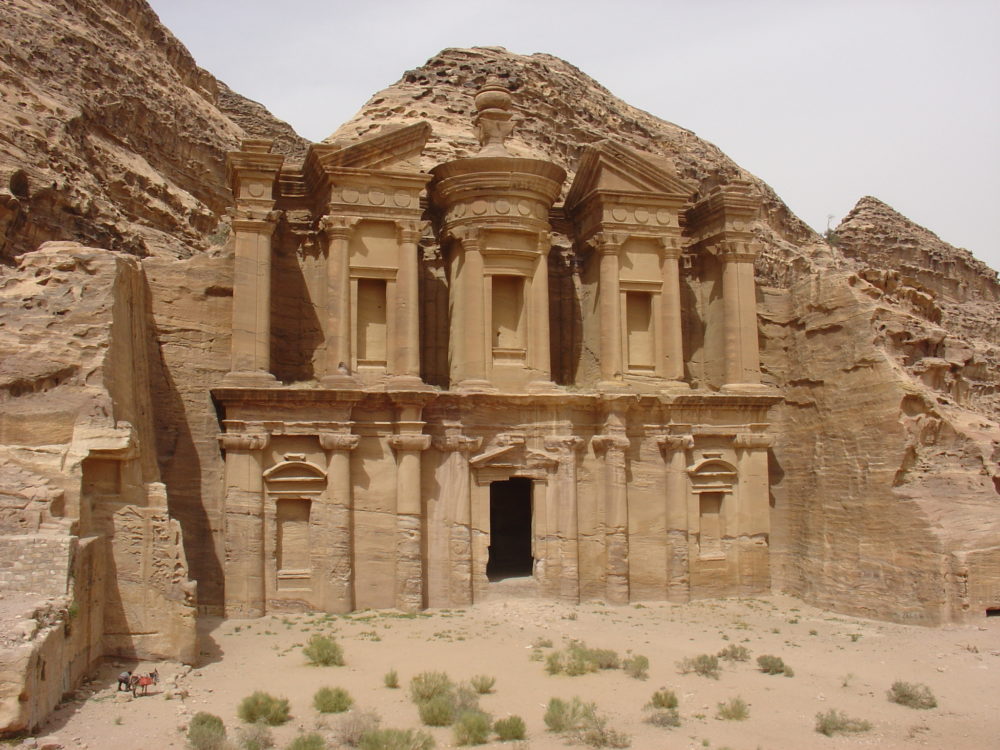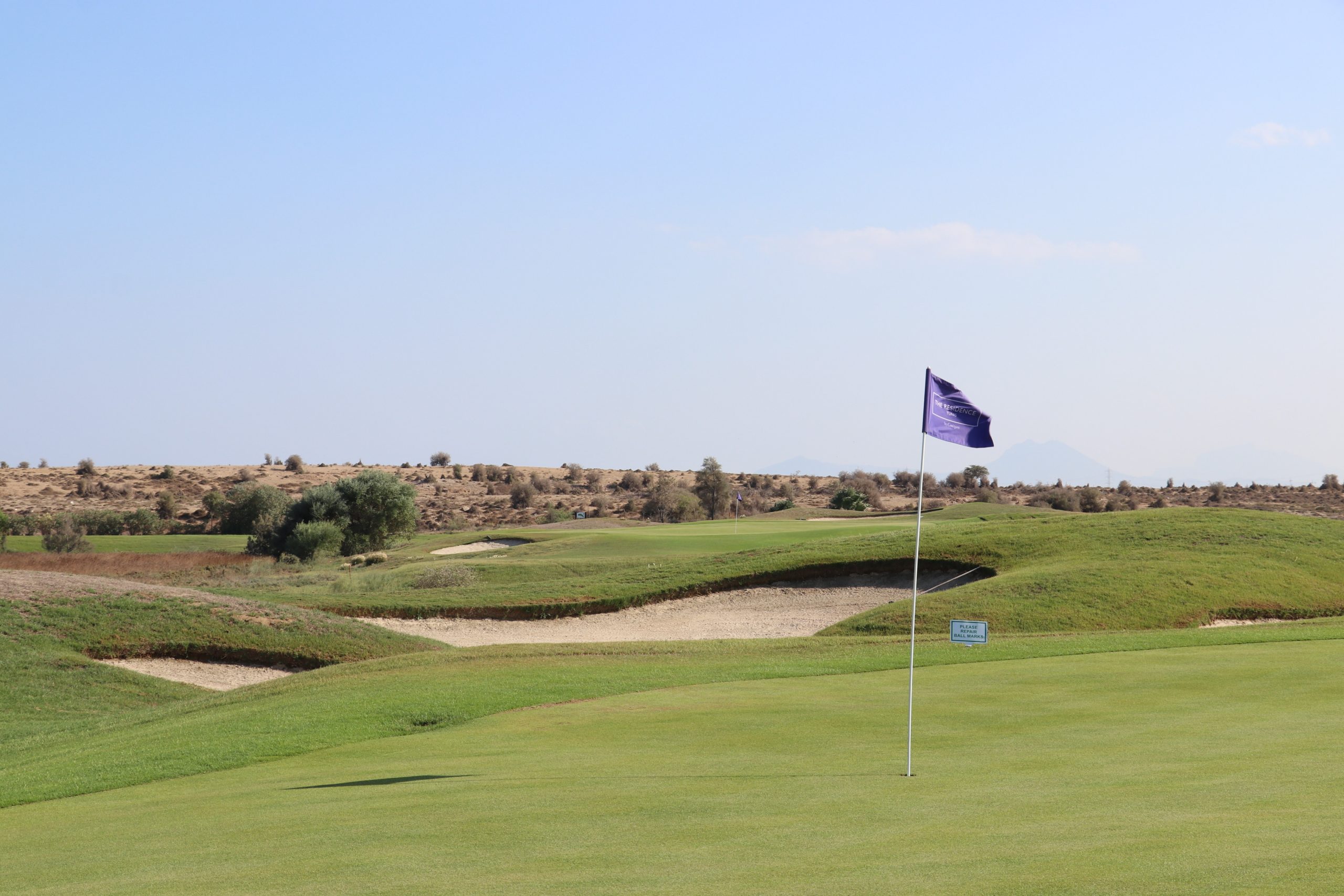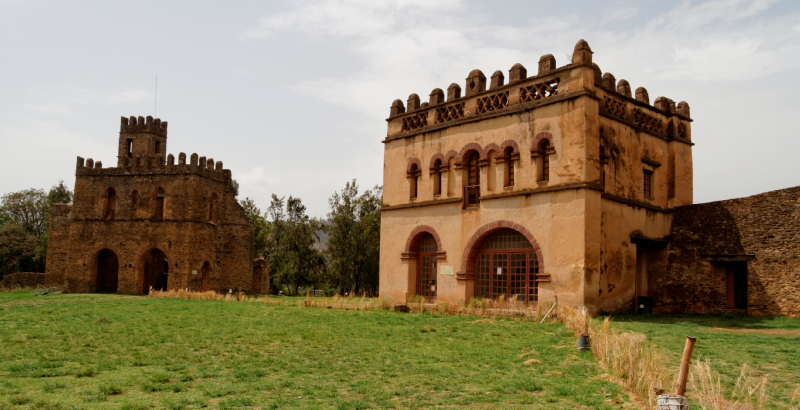Petra è città patrimonio dell’umanità UNESCO ed è stata dichiarata una delle sette meraviglie del mondo. E’ sicuramente il sito più rinomato e visitato della Giordania e motivo principale del viaggio in destinazione.
E’ molto interessante anche conoscere come questa bellezza sia stata scoperta e consegnata alla conoscenza di tutto il mondo moderno. Infatti dopo la fine del regno nabateo la città rosa (come viene anche riconosciuta Petra) rimase nell’ombra per secoli e venne riscoperta solamente circa duecento anni fa, nel 1812, da un giovane esploratore svizzero, Johann Ludwig Burckhardt.
La sua grande ambizione era quelle di scoprire la fonte del fiume Niger. Preparò la spedizione con cura, studiò l’arabo, la medicina, la chimica e l’astronomia, abituandosi a dormire all’aperto e nutrendosi solo di frutta e verdura. Voleva farsi passare per un musulmano, perciò studiò anche la legge coranica e la cultura islamica. Nel 1809 partì per Il Cairo, passando per la Siria, il Libano e la Palestina.
A dire il vero poi non arrivò mai nell’Africa occidentale e al grande fiume Niger, infatti durante il tragitto venne a conoscenza di un’antica città meravigliosa, dimenticata da tutti e temuta dai beduini locali, nascosta tra le montagne impenetrabili. Questa leggenda lo incuriosì a tal punto da organizzare una ricerca. Assunse una guida locale e come motivazione per giustificare il viaggio finse di voler sacrificare una capra in onore di Aronne, fratello di Mosè, essendo la valle vicina alla presunta tomba.
Partì da Damasco in direzione di Aqaba, costeggiando il Mar Morto. A due giorni di cavallo dalla costa, trovò lo stretto passaggio che lo portò all’interno del canyon, proprio dove sorgeva la città di Petra. Burckhardt capì subito l’importanza della sua scoperta, ma dovette mantenere il silenzio per evitare che la popolazione lo accusasse di essere un infedele e solo un ricercatore a caccia di tesori. Eseguì quindi il sacrificio della sfortunata capra e rientrò.
Raccontò poi la scoperta in un suo diario di viaggio pubblicato nel 1822.
Oggi Petra è uno dei siti archeologici più frequentati al mondo e la sua visita, dal percorrere il Siq fino alla salita al Monastero è un’esperienza indimenticabile e da fare almeno una volta nella vita.






